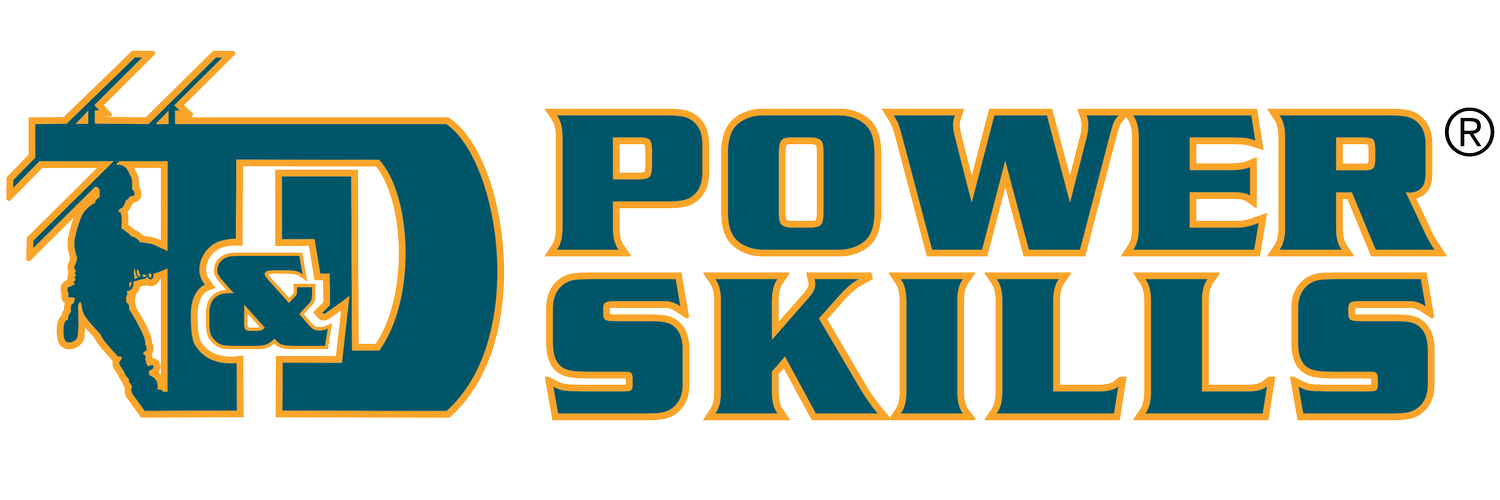Safety in Substations and Switchyards
COURSE DESCRIPTION
This program focuses on the basic safety principles and practices applicable to substations and switchyard maintenance work. The program describes electrical, chemical, and personal hazards that may be encountered in substations and switchyards. General procedures for responding to imminent dangers and accidents are also presented.
COURSE GOALS
Identify hazards in substations and switchyards.
Explain why safety practices are important.
Recognize hazards and unsafe practices on the job.
Describe how to respond to imminent dangers and accidents.
SUBJECTS AND OBJECTIVES
Hazards and Safety Practices
Identify some of the safety hazards that maybe found in substations and switchyards.
Describe some of the general safety practices that apply to most jobs in substations and switchyards.
Electrical Safety
Identify electrical hazards that may exist in substations and switchyards.
Define “safe working distance”.
Identify the basic steps in making equipment electrically safe to work on.
Explain the reason for tagging equipment.
Identify special precautions necessary when working with capacitor banks and current transformers.
Chemical Safety
Identify chemical hazards that may exist in substations and switchyards.
Describe safety precautions applicable to working with insulating oil.
Describe safety precautions applicable to working with SF6 gas and nitrogen gas.
Personal Safety
Identify personal hazards that may exist in substations and switchyards.
Describe general housekeeping practices that help prevent accidents and injuries.
Describe the proper way to lift heavy loads by hand.
Describe the proper ways to use ladders, scaffolds, and bucket trucks for support.
Dangers and Accidents
Describe a general procedure for responding to an imminent danger at work.
Describe a general procedure for responding to an injury at work.
Identify the four classes of fires and the type of extinguisher used to put out each.
Describe a general procedure for reporting accidents.
